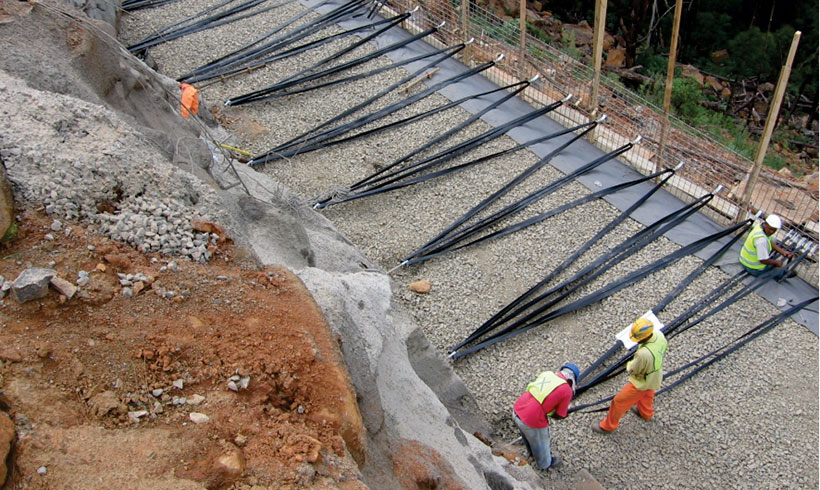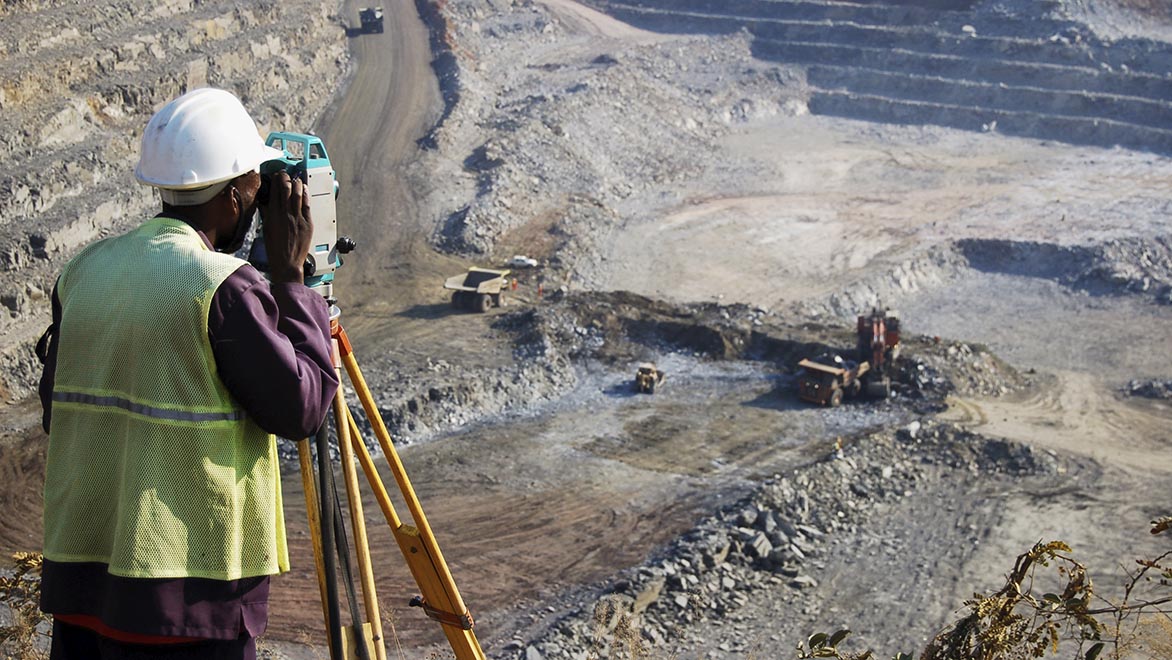All about Geotechnical Engineering For Construction Projects
All about Geotechnical Engineering For Construction Projects
Blog Article
The Definitive Guide to Geotechnical Engineering For Construction Projects
Table of ContentsGeotechnical Engineering For Construction Projects Can Be Fun For AnyoneGet This Report on Geotechnical Engineering For Construction ProjectsExcitement About Geotechnical Engineering For Construction ProjectsSome Known Factual Statements About Geotechnical Engineering For Construction Projects Geotechnical Engineering For Construction Projects - TruthsThe Best Strategy To Use For Geotechnical Engineering For Construction Projects
The role of geotechnical engineering significantly takes care of understanding the functions of soil and rock, which might differ substantially by their density, moisture material etc. These features must be checked out by geotechnical designers to forecast their movements under various situations. The safety in addition to stability of frameworks are affected by dirt conditions, making this analysis required., in enhancement to exactly how they engage with buildings that have been set up on or within them, is one of the main explanations for why geotechnical design is essential.
In addition to structural preparation and building and construction, geotechnical engineering is also essential to the reconstruction and upkeep of pre-existing structures. Age-related destruction or added problems could impact a structure's stability and effectiveness. Environmental management is achieved via geotechnical design. Know-how in air, water, and dirt high quality maintenance is used by geotechnical designers to decrease the adverse effects of tasks.
To sum up, geotechnical design is a crucial discipline that protects the strength and stability of civil infrastructure. Geotechnical engineers contribute to making building jobs efficient all over the world by comprehending the practices of earth materials and using appropriate preparation strategies.
Little Known Facts About Geotechnical Engineering For Construction Projects.
By taking a look at soil, rock, and subsurface conditions, geotechnical designers provide essential insights that help in the style, construction, and maintenance of buildings and facilities.

The Single Strategy To Use For Geotechnical Engineering For Construction Projects
Laboratory screening: Establishing the residential properties of soil and rock. Area testing: Conducting tests on-site to evaluate conditions. Evaluation and style: Using data to develop foundations, preserving walls, passages, and other structures. A number of top-level construction jobs have successfully made use of geotechnical design to guarantee their stability and security. :: The world's tallest structure called for a deep understanding of the underlying geology.

As a leader in geotechnical design, BECC Inc. is devoted to providing innovative and reliable solutions that fulfill the greatest requirements of quality and safety., a mechanical engineer and rock hound.
All about Geotechnical Engineering For Construction Projects
Terzaghi also developed the structure for theories of birthing ability of foundations, and the concept for prediction of the rate of negotiation of clay layers because of debt consolidation. After that, Maurice Biot completely established the three-dimensional dirt debt consolidation theory, expanding the one-dimensional model previously developed by Terzaghi to more basic hypotheses and presenting the set of standard equations of Poroelasticity.
Geotechnical engineers investigate and establish the homes of subsurface problems and products. They additionally make corresponding earthworks and retaining structures, passages, and structure structures, and might manage and review websites, which might even more involve site surveillance as well as the threat evaluation and reduction of all-natural dangers - Geotechnical Engineering for Construction Projects. Geotechnical designers and design geologists perform geotechnical investigations to acquire information on the physical residential properties of dirt and rock underlying and nearby to a site go to these guys to develop earthworks and foundations for recommended structures and for the repair of distress to earthworks and structures created by subsurface conditions.
Top Guidelines Of Geotechnical Engineering For Construction Projects
, which uses a thick-walled split spoon sampler, is the most typical means to accumulate disrupted samples.

Generally, the user interface's specific geometry is unknown, and a simplified interface geometry is presumed. Finite inclines need three-dimensional designs to be analyzed, so most inclines are evaluated presuming that they are definitely large and can be stood for by two-dimensional versions.
Not known Details About Geotechnical Engineering For Construction Projects
Creating the design based on a functioning theory of actions prepared for under the most potential conditions. Choice of amounts to be observed as building and construction earnings and computing their expected worths based on the working hypothesis under the most unfavorable problems.
Measurement of quantities and evaluation of actual conditions. It is inappropriate for projects whose design can not be altered throughout building.
Report this page